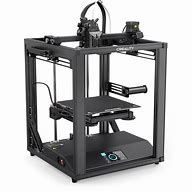When most people think about CAD (Computer-Aided Design), they envision high-tech industries like aerospace, automotive, or architecture. But there’s a fascinating, lesser-known application of CAD technology in the field of cultural heritage preservation. Using CAD to digitize, restore, and even recreate historical artifacts and architectural monuments is not only a groundbreaking use of the technology but also an essential part of preserving our global heritage for future generations.
By scanning ancient structures, sculptures, and artifacts, CAD software can create 3D models that capture intricate details that would otherwise be lost to time or decay. This process, known as 3D digitization, allows historians, archaeologists, and conservators to analyze and study these objects in ways that were never possible before.
One powerful example is the use of CAD in the preservation of the famous Pantheon in Rome. Engineers used 3D scanning and modeling to map out the structure in its entirety, enabling them to study its architectural innovations and assess the building’s structural integrity for restoration efforts. Similarly, CAD models of ancient statues or pottery can help conservators restore broken or damaged pieces to their original state, without ever physically touching the fragile objects.
But it doesn’t stop there. CAD and 3D printing are being used to recreate replicas of priceless artifacts for educational purposes or to restore missing pieces of historical sites. This combination of digital preservation and physical reproduction is opening up new avenues for museums and cultural institutions to display objects in new, interactive ways while minimizing the risk to the originals.
By blending cutting-edge technology with the past, CAD is playing a critical role in safeguarding history and making it accessible to future generations. As the technology evolves, we’re likely to see even more advancements in the digital preservation of cultural heritage.


